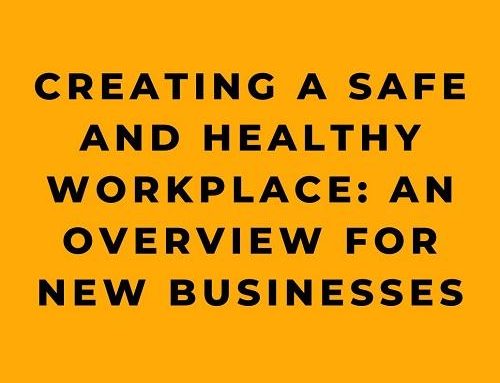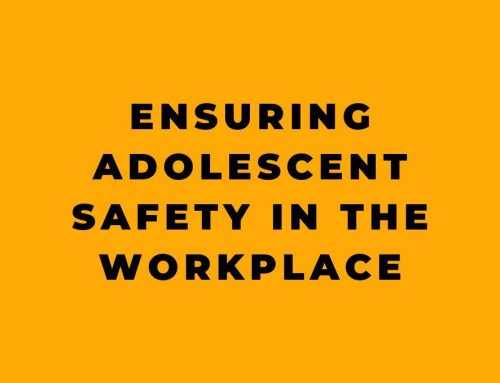Introduction
Temporary workers face unique occupational health and safety hazards, often falling through the cracks when responsibilities between host employers and staffing agencies are not clearly delineated. To address this issue, the Occupational Safety and Health Administration (OSHA) launched the Temporary Worker Initiative (TWI) to promote compliance and clarify recordkeeping duties.
Understanding joint employment relationships is key. When a staffing agency supplies workers to a host employer, they typically share joint responsibility over conditions impacting employee health and safety. Despite this, there is often confusion on accountability when injuries or illnesses occur. Proper injury and illness recordkeeping helps ensure risks are tracked and addressed before further workers are impacted.
This article will review OSHA guidelines on injury and illness recordkeeping requirements for temporary workers. Core concepts will be explained, including key terminology, day-to-day supervision, reporting procedures, and more. Real world case studies and best practices for staffing agency/host employer coordination will also be provided. Adhering to these responsibilities is essential for building safer, more ethical workplaces.
Key Terminology
Several key terms are used when discussing staffing agency and host employer duties:
Joint/dual employer – When both a staffing agency and the host client company share responsibilities as employers over temporary workers.
Host employer – The staffing firm’s client company where temporary workers are placed. Also called a staffing firm client.
Day-to-day supervision – detailed oversight where the employer not only assigns tasks but directly controls the means and methods for carrying them out. This typically occurs with the host employer.
Identifying the Responsible Employer
A common area of confusion is identifying which employer should record injuries and illnesses when temporary workers are hurt on the job. OSHA standard 29 CFR 1904.31(b)(4) states that illnesses and injuries should only go on one employer’s recordkeeping log, even when joint employment exists.
The key determinant is which employer provides day-to-day supervision. As defined above, day-to-day supervision involves controlling exposures, directing tasks, and overseeing details surrounding hazards and safety protections. In most temporary worker arrangements, day-to-day supervision lies with the host employer.
Therefore, when a temp worker is injured, the host employer will usually be the one responsible for recording it on their OSHA 300 illness and injury logs. The mere presence of a staffing agency representative on-site does not transfer this duty. As long as the host company maintains direct oversight of temps, they must record any resulting cases.
Communication & Coordination
While the host employer records illnesses and injuries, the staffing agency still shares a major role in ensuring worker protections are provided. Open communication channels are essential here.
Best practices dictate that host employers notify the supplying staffing agency when temps are hurt or sickened on the job. This allows the staffing agency to be informed on hazards their employees face and what added safeguards may be needed. It also helps facilitate proper recording when an incident occurs.
Likewise, staffing firms finding out about temp worker cases from other channels should rapidly inform the host company supervising them. Quick notification allows prompt and accurate recording while helping the host take actions to prevent future occurrences through added controls, training, or process updates.
Fostering this level of coordination should be formalized through contractual language clearly delineating notification standards, reporting procedures, and flow of essential information.
Additional Requirements
Alongside communication protocols, employers must uphold additional duties, including:
- Providing clear direction to all workers on processes for reporting injuries, illnesses, and safety concerns
- Granting employees access to review injury and illness records when requested
- Never retaliating against workers for filing reports, claims, or raising workplace safety issues (prohibited under OSH Act)
By fulfilling these staffing agency and host employer obligations in partnership, a culture of openness, transparency and continuous safety improvement develops.
Real World Case Study
A “real world” case example helps illustrate shared recordkeeping duties:
A manufacturer called Metal Can Company (MCC) contracted temps through a staffing agency called Industrial Staffing Inc. (ISI) to meet increased production needs. ISI sent 10 machine operators to MCC’s facility, where they were directly supervised by MCC staff. On their second day, a temp worker lost a finger in an unguarded machine press.
Analysis:
Although ISI recruited and sourced the injured temp, MCC controlled work conditions and supervised day-to-day tasks. As the host employer, MCC would be responsible for recording this injury on their OSHA 300 logs. However, MCC should notify ISI of the incident so they can take appropriate actions to prevent future occurrences and gain full understanding of hazards at this worksite.
While this meets formal recording guidelines, ideally the contracts in place would have reinforced prompt notification in both directions if any temp injuries took place, facilitating rapid responses by all parties.
Conclusion
Temporary workers face disproportionate risks on the job, especially when responsibilities between staffing agencies and host companies break down. OSHA’s Temporary Worker Initiative helps resolve questions around supervisory duties, enforcement, and injury recording when temps are involved.
Overall, facilitating open communication, formalizing notification procedures, and coordinating efforts between host employers and staffing agencies ensures not just legal compliance, but better identification and control of hazards impacting vulnerable workgroups. When obligations are met, injuries and illnesses receive appropriate attention while laying the foundation for safer, more ethical workplaces that benefit all involved.










